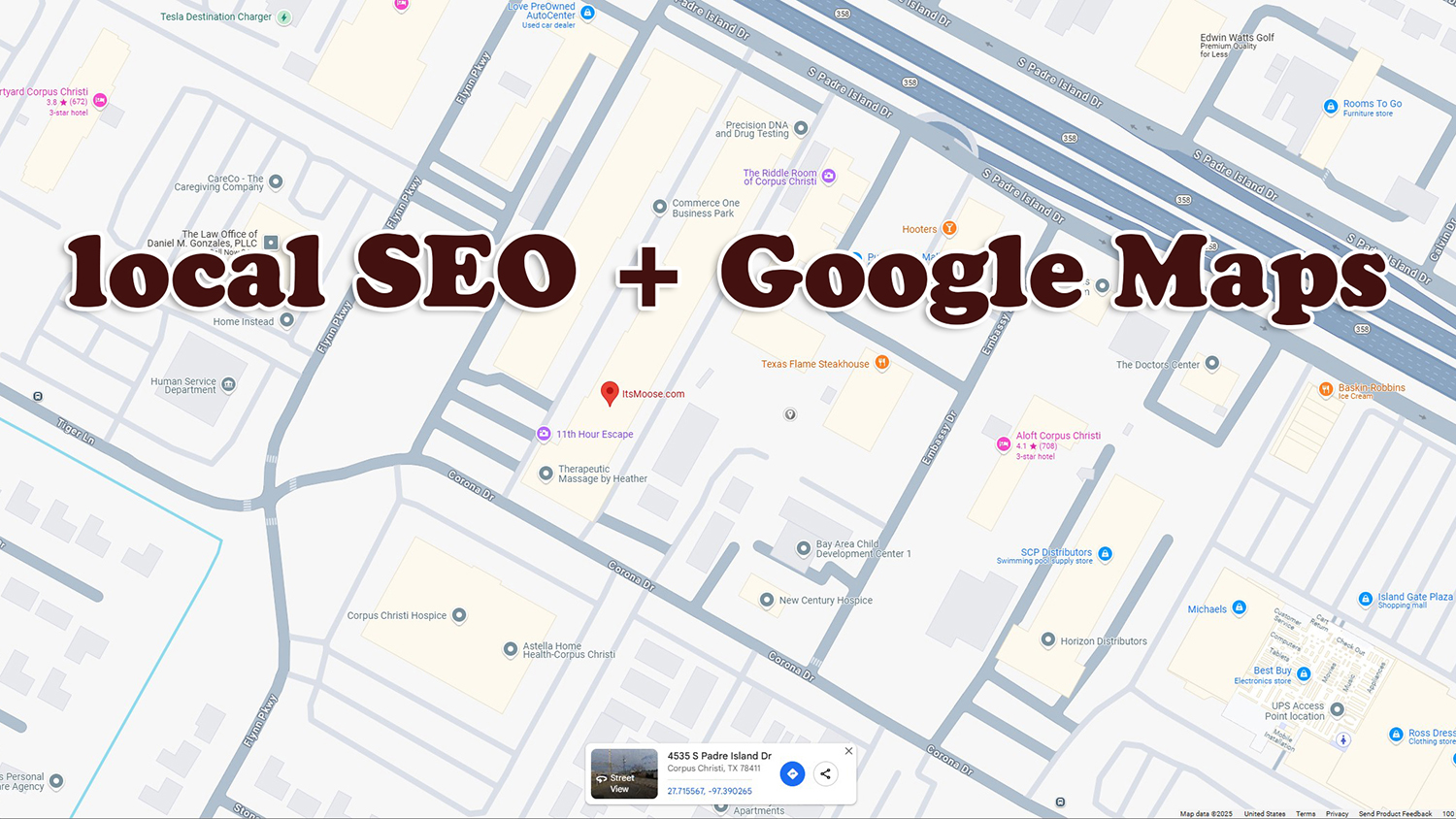Key Metrics for Effective Google Ads Campaigns: A Comprehensive Analysis
There are key metrics to consider when putting together an effective Google Ads campaign. In the digital advertising landscape, Google Ads is a prominent platform for reaching a vast audience and driving desired outcomes. However, achieving success with Google Ads requires careful monitoring and analysis of various metrics. This essay aims to delve into the essential metrics that advertisers should consider when delivering on Google Ads and explain their significance in assessing campaign performance and optimizing outcomes.
I. Click-Through Rate (CTR)
One of the fundamental metrics in Google Ads is the Click-Through Rate (CTR). It quantifies the percentage of users who click on an ad after viewing it. A higher CTR indicates greater ad engagement and relevancy to the target audience. By monitoring CTR, advertisers can evaluate the effectiveness of their ad copy, keywords, and targeting strategies. An ad with a low CTR may need refining to improve its appeal, relevance, or positioning.
II. Conversion Rate (CR)
Conversion Rate (CR) is a crucial metric that measures the percentage of users who complete a desired action, such as making a purchase, filling out a form, or subscribing to a service, after clicking on an ad. A high CR indicates the effectiveness of an ad in driving meaningful outcomes. By analyzing CR, advertisers can identify areas for improvement, such as optimizing landing pages, streamlining the conversion process, or enhancing the ad’s call-to-action (CTA).
III. Cost per Click (CPC)
Cost per Click (CPC) is an important financial metric that reveals the average cost an advertiser incurs for each click on their ad. This is important to look at in an effective google ads campaign. By tracking CPC, advertisers can assess the cost-effectiveness of their campaigns, allocate budgets efficiently, and optimize bids. Lower CPC values are desirable as they allow for maximizing reach and conversions while minimizing advertising expenses.
IV. Cost per Conversion (CPA)
Cost per Conversion (CPA) reflects the average cost incurred for each conversion generated through an ad campaign. It is a critical metric in evaluating the overall campaign efficiency and profitability. By monitoring CPA, advertisers can identify cost-effective keywords, optimize ad targeting, and refine landing pages to increase conversion rates. Lower CPA values indicate efficient allocation of resources and improved return on investment (ROI).
V. Average Position
The Average Position metric signifies the average rank of an ad in the search engine results pages (SERPs). A higher position generally results in better visibility and click-through rates. By monitoring average position, advertisers can adjust bidding strategies, keyword relevancy, and ad quality to improve their ad rankings. However, it is important to balance ad position with other metrics like CPC and ROI to achieve optimal results. Excellent effective google ads campaign have high scores.
VI. Quality Score
The Quality Score metric assesses the quality and relevance of an ad, keywords, and landing pages. Google assigns a Quality Score based on factors like expected click-through rate, ad relevance, and landing page experience. A higher Quality Score leads to better ad positions and lower costs. By monitoring and improving Quality Scores, advertisers can enhance their ad performance, reduce CPC, and increase overall campaign effectiveness.
VII. Return on Investment (ROI)
Return on Investment (ROI) is a critical metric that measures the profitability of advertising efforts. It compares the revenue generated from conversions against the cost of advertising. By calculating ROI, advertisers can assess the effectiveness of their campaigns and make data-driven decisions about resource allocation. A positive ROI indicates a successful campaign that generates more revenue than the cost of advertising, while a negative ROI calls for adjustments to improve campaign performance.
VIII. Impression Share
The percentage of impressions an advertisement receives about the total number of eligible impressions is measured by impression share. Advertisers can assess the reach and exposure of their advertising by keeping track of the impression share. A low impression share may signify that the target audience has not received sufficient exposure, necessitating the use of optimization techniques like raising the budget, improving the targeting criteria, or broadening keyword coverage.
IX. Bounce Rate
Bounce Rate measures the percentage of users who leave a website shortly after landing on it, without further engagement. Monitoring bounce rate helps advertisers assess the effectiveness of their landing pages and ad experience. A high bounce rate may indicate a mismatch between the ad copy and landing page, poor user experience, or irrelevant content. By reducing bounce rates, advertisers can enhance user engagement and increase the chances of conversion.
X. Ad Frequency
Ad Frequency refers to the average number of times an ad is shown to a unique user within a specific timeframe. Monitoring ad frequency is crucial to prevent ad fatigue and ensure that the target audience receives the message without it becoming repetitive. An excessively high frequency may lead to decreased engagement and increased ad annoyance, while a low frequency might limit reach. By optimizing ad frequency, advertisers can strike a balance between visibility and user experience.
Create An Effective Google Ads Campaign
In conclusion, delivering effective Google Ads campaigns requires a thorough understanding and monitoring of key metrics. By analyzing metrics like CTR, CR, CPC, CPA, Average Position, Quality Score, ROI, Impression Share, Bounce Rate, and Ad Frequency, advertisers can gain valuable insights into the performance, relevance, and efficiency of their campaigns. These metrics help identify areas for improvement, optimize budget allocation, refine targeting strategies, enhance ad copy, and ultimately achieve better campaign outcomes. By leveraging these metrics intelligently, advertisers can make data-driven decisions, maximize return on investment, and continuously improve their advertising efforts on Google Ads.
ItsMoose.com Can Help With Digital Advertising in Corpus Christi, Texas
ItsMoose.com can be a valuable resource for local businesses in Corpus Christi, Texas, seeking to create effective Google Ads campaigns. We have a team of experts with a thorough understanding of the key metrics that are vital for success in digital advertising. ItsMoose.com can help businesses in Corpus Christi track and analyze metrics.
By closely monitoring these metrics, ItsMoose.com can help businesses in Corpus Christi evaluate the performance and efficiency of their Google Ads campaigns. The platform’s experts can identify areas for improvement, optimize budget allocation, refine targeting strategies, and enhance ad copy to achieve better campaign outcomes. By leveraging data-driven decisions and maximizing return on investment, ItsMoose.com enables local businesses to thrive in the digital advertising landscape and reach a vast audience, driving meaningful outcomes for their businesses in Corpus Christi, Texas.




